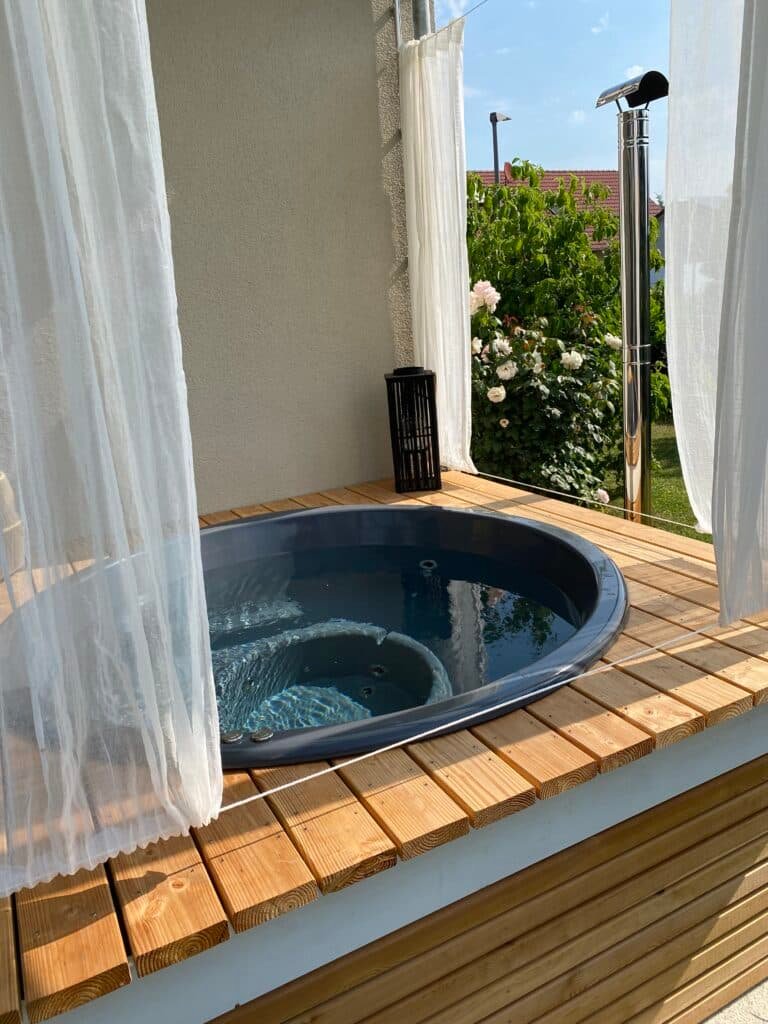Wood-fired hot tubs have become a popular choice for those seeking a relaxing and luxurious spa experience. Not only do they provide a unique and rustic aesthetic, but they also offer the benefits of traditional hot tubs without the high energy costs. In this blog post, we will explore whether wood-fired hot tubs are expensive to run and discuss some tips to help you save money while enjoying your hot tub.
One of the main advantages of wood-fired hot tubs is their low operating costs. Unlike electric or gas-powered hot tubs, wood-fired hot tubs do not rely on electricity or fuel to heat the water. Instead, they use natural wood as a heat source, which is significantly cheaper and more sustainable in the long run.
The cost of running a wood-fired hot tub primarily depends on the price of wood in your area. If you have access to free or inexpensive firewood, then the operating costs can be close to nothing. Many hot tub owners even use scrap wood or fallen branches from their own property, further reducing the expenses.

Additionally, wood-fired hot tubs have excellent heat retention properties. Once heated, the water can stay warm for hours, allowing you to enjoy a long and relaxing soak without the need for continuous heating. This is especially beneficial if you plan to use your hot tub frequently or for extended periods of time.
However, it is important to note that wood-fired hot tubs do require some effort and time to heat the water. Unlike electric or gas-powered hot tubs that provide instant heat, wood-fired tubs require you to manually start and maintain a fire. Typically, it takes about two to three hours to heat the water to the desired temperature. While this may be seen as a disadvantage by some, many hot tub enthusiasts appreciate the process as part of the overall experience.

If you are concerned about the cost of wood-fired hot tubs, there are several ways to minimize expenses. First, ensure that your hot tub is well-insulated to prevent heat loss. This will help the water stay warm for longer periods, reducing the need for additional heating. Regularly maintaining and cleaning your hot tub can also improve its efficiency and prolong its lifespan.
Another cost-saving measure is to invest in a hot tub cover. A high-quality cover can significantly reduce heat loss and evaporation, helping you save money on heating costs in the long run. Additionally, using a solar cover during the day can harness the sun’s energy to naturally heat the water, further reducing the need for wood or other fuel sources.
In conclusion, wood-fired hot tubs are generally more cost-effective to run compared to electric or gas-powered alternatives. With the availability of inexpensive or free firewood and its excellent heat retention properties, wood-fired hot tubs offer a sustainable and affordable way to enjoy a relaxing spa experience. By implementing some cost-saving measures, you can further minimize the operating costs and make the most out of your wood-fired hot tub.


